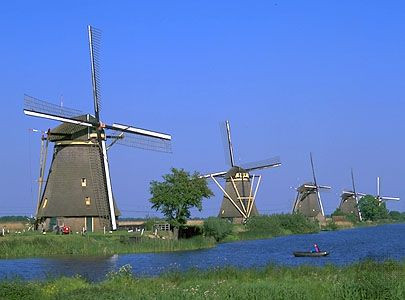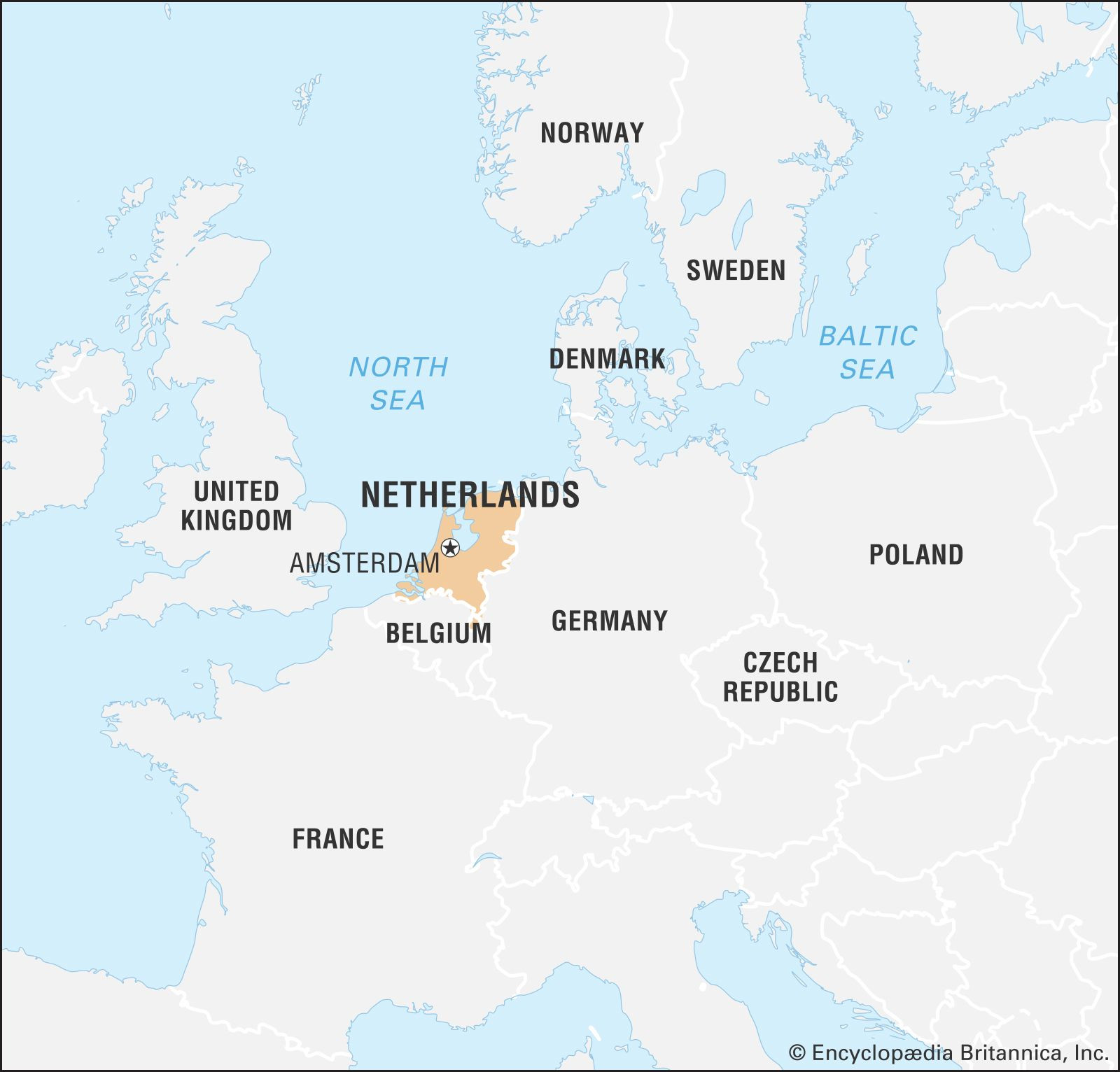The Netherlands, often interchangeably referred to as Holland, is a captivating country with a rich history and unique geographical characteristics. When asking “Where Is The Netherlands Located?”, you’re pinpointing a strategically important nation in northwestern Europe, known for its flat landscapes, innovative water management, and vibrant cultural hubs. This article will explore the precise location of the Netherlands, delve into its geographical significance, and highlight key aspects that make this nation so distinctive.
Geographical Location of the Netherlands in Europe
The Netherlands is nestled in Western Europe, specifically in the northwestern part of the continent. It shares borders with Germany to the east and Belgium to the south. To the north and west, the Netherlands faces the North Sea, granting it a significant coastline. This location places the Netherlands at a crucial crossroads of European cultures and trade routes. Its proximity to major European powers like the United Kingdom, France, and Scandinavia has historically shaped its development and international role.
Understanding the Name: Netherlands and Holland
The name “Netherlands” literally translates to “low-lying country,” perfectly describing its flat terrain. Historically, “Holland” referred to a region within the Netherlands, specifically encompassing the provinces of Noord-Holland and Zuid-Holland. This area was a core region in the development of the Dutch state. While technically Holland only refers to these two provinces, it is widely used informally to refer to the entire country of the Netherlands, particularly in English-speaking regions. Understanding this distinction helps clarify any confusion when encountering both names.
Key Geographical Features and Their Impact
The defining geographical characteristic of the Netherlands is its remarkably flat landscape. A significant portion of the country lies below sea level, a feature that has profoundly shaped its history and culture. This “low-lying” nature has necessitated centuries of sophisticated water management. The Dutch are world-renowned for their expertise in reclaiming land from the sea and managing water through an intricate system of polders, dikes, canals, and pumping stations.
Initially, windmills were instrumental in draining land and controlling water levels. Sites like Kinderdijk-Elshout, with its network of historic windmills, are testaments to this ingenuity and are now recognized as UNESCO World Heritage sites. Over time, windmills were replaced by steam and electric pumps, enabling even larger and more ambitious water management projects. This constant interaction with water has not only shaped the physical landscape but also instilled a culture of innovation and resilience in the Dutch people.
 Windmills at Kinderdijk, Netherlands: A symbol of Dutch water management and heritage.
Windmills at Kinderdijk, Netherlands: A symbol of Dutch water management and heritage.
More Than Just Location: Key Facts About the Netherlands
Beyond its geographical coordinates, the Netherlands is a parliamentary democracy under a constitutional monarch. Its capital is Amsterdam, a city celebrated for its canals, cultural richness, and liberal atmosphere, while The Hague serves as the seat of government, hosting numerous international organizations, including the International Court of Justice.
Despite its relatively small size, the Netherlands boasts a significant population and one of the world’s most advanced economies. It is a founding member of the European Union (EU), the North Atlantic Treaty Organization (NATO), and the Organisation for Economic Co-operation and Development (OECD), highlighting its active role in international cooperation. Furthermore, the Netherlands is known for its historically tolerant and progressive society, evident in its pioneering stance on social issues like same-sex marriage and regulated policies on various social matters. Cities like Amsterdam are global hubs of youth culture and embody this spirit of openness.
In conclusion, when considering “where is the Netherlands located,” it’s more than just a point on a map in northwestern Europe. It’s a nation defined by its unique geography, its innovative approach to water management, its rich history, and its influential role on the global stage. From its iconic windmills to its vibrant cities and international presence, the Netherlands offers a compelling study in geography, culture, and human ingenuity.

